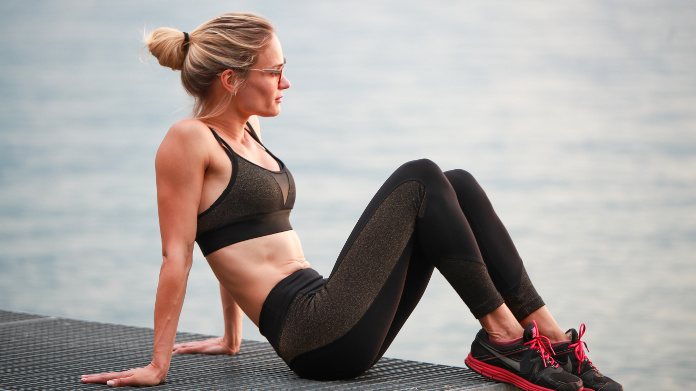
Before we address the question of calorie intake, let’s first look at what the World Health Organization (WHO) regards as a healthy, balanced diet (1).
According to the WHO, in order to satisfy the body’s nutritional requirements without promoting the development of modern Western diseases (cardiovascular disease, diabetes, obesity, etc), this is what a healthy diet should look like:
For information:
That being said, we must remember that the body is a machine which runs on energy. This energy is provided by food. A calorie is a unit that measures the amount of energy provided by food to the body.
Even when lying down doing nothing, our bodies need energy to perform various functions: to breathe, renew cells, keep the heart beating and the brain working, etc. This is referred to as the basal metabolic rate (2).
For any activity beyond this (moving, carrying, exercising, etc.), the body requires additional calories.
So according to the WHO (3):
On this basis, recommended calorie intakes are as follows:
According to the WHO, it’s very difficult to determine exact requirements for protein, vitamins and minerals as they vary from one individual to another. It has, however, established guidelines for ensuring an adequate intake.
These guidelines have been set bearing in mind that:
In other words, it’s always better to consume too many vitamins, minerals and trace-elements than too few – without overdoing it, of course (4)!
To achieve these levels, you need to eat a healthy, balanced diet. You also have the option of taking specific dietary supplements such as:
The health benefits of fibre-rich foods, especially for lowering blood glucose and cholesterol levels, have been recognised by the European Food Safety Authority (EFSA) for some time (5).
But recent studies have also demonstrated benefits for the body’s immune defences: by influencing the gut microbiota, it seems fibre boosts the immune system.
That’s why the recommended intake of fibre is 25-30g a day for an adult. Some people choose to boost their intake by taking a dietary supplement such as Fructo-Oligosaccharides (6).
The keto diet, high in fat, produces rapid weight loss. Here’s a quick rundown of what you need to know before launching into a diet of this kind.
Lipolysis is the body’s mechanism for breaking down fats to make them absorbable and usable. There are two types: gastrointestinal lipolysis, which takes place during digestion, and adipocyte lipolysis, concerned with stored fat, which is often referred to as ‘fat-burning’. How can you use it to help achieve your slimming goals?
It’s been said that it cleanses and detoxifies the body, burns fat and suppresses the appetite … In short, it’s credited with many benefits, due in particular to its high content of powerful flavonoids called catechins. But can green tea really help you lose weight?
Prone to cravings? Unable to control your sweet tooth? Discover the best natural appetite-suppressants for effortlessly curbing your hunger pangs.
Milk, dark, white, fruity or spiced chocolate … What are the pros and cons of chocolate in terms of our health? Which type should you choose and which should you avoid?
If you’re overweight or have developed a paunch, you’re probably suffering from chronic inflammation of your adipose tissue. This is a silent pathological process which sooner or later will become a ticking time bomb, so it makes sense to read up on the latest findings and take action fast.







